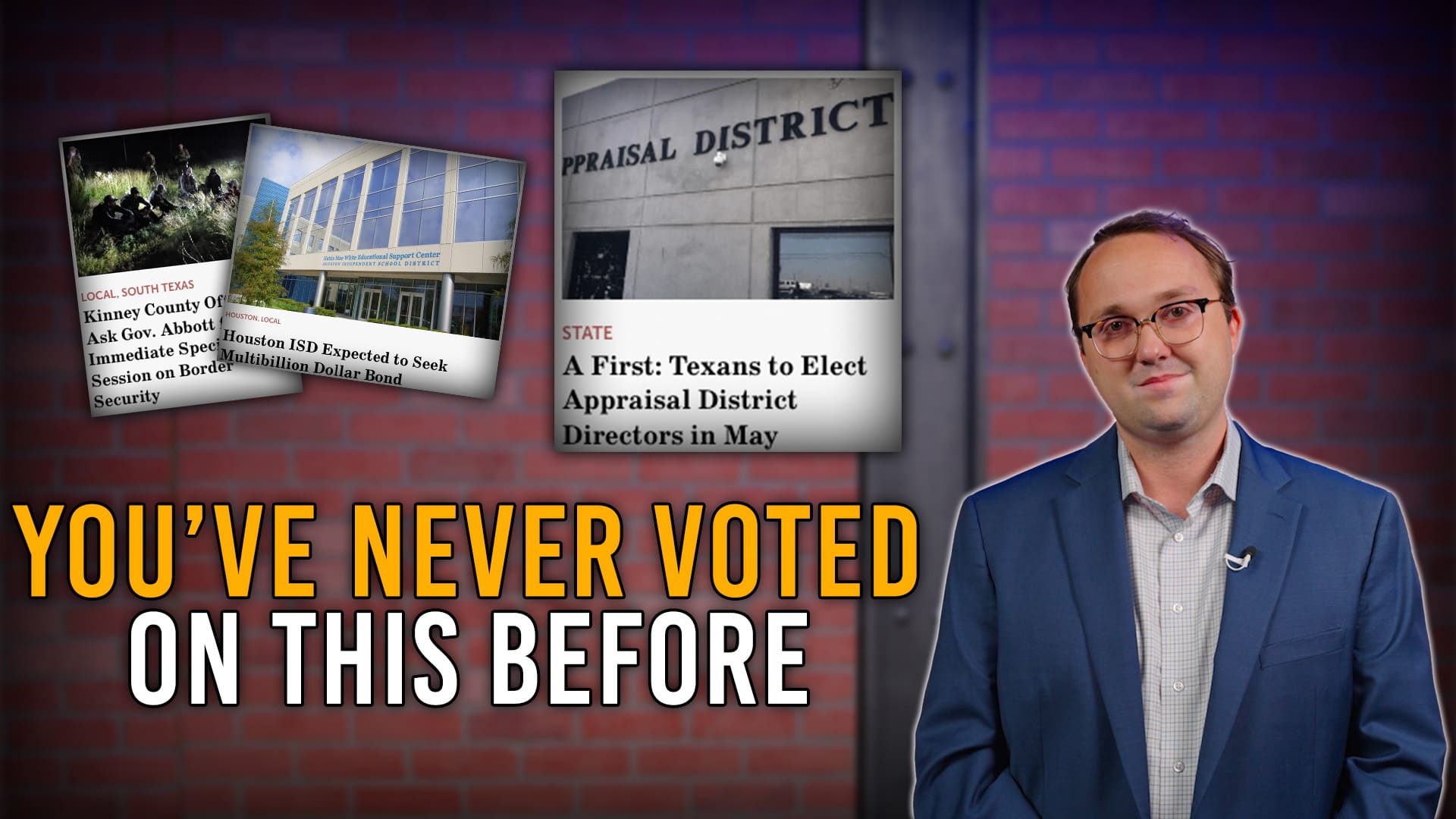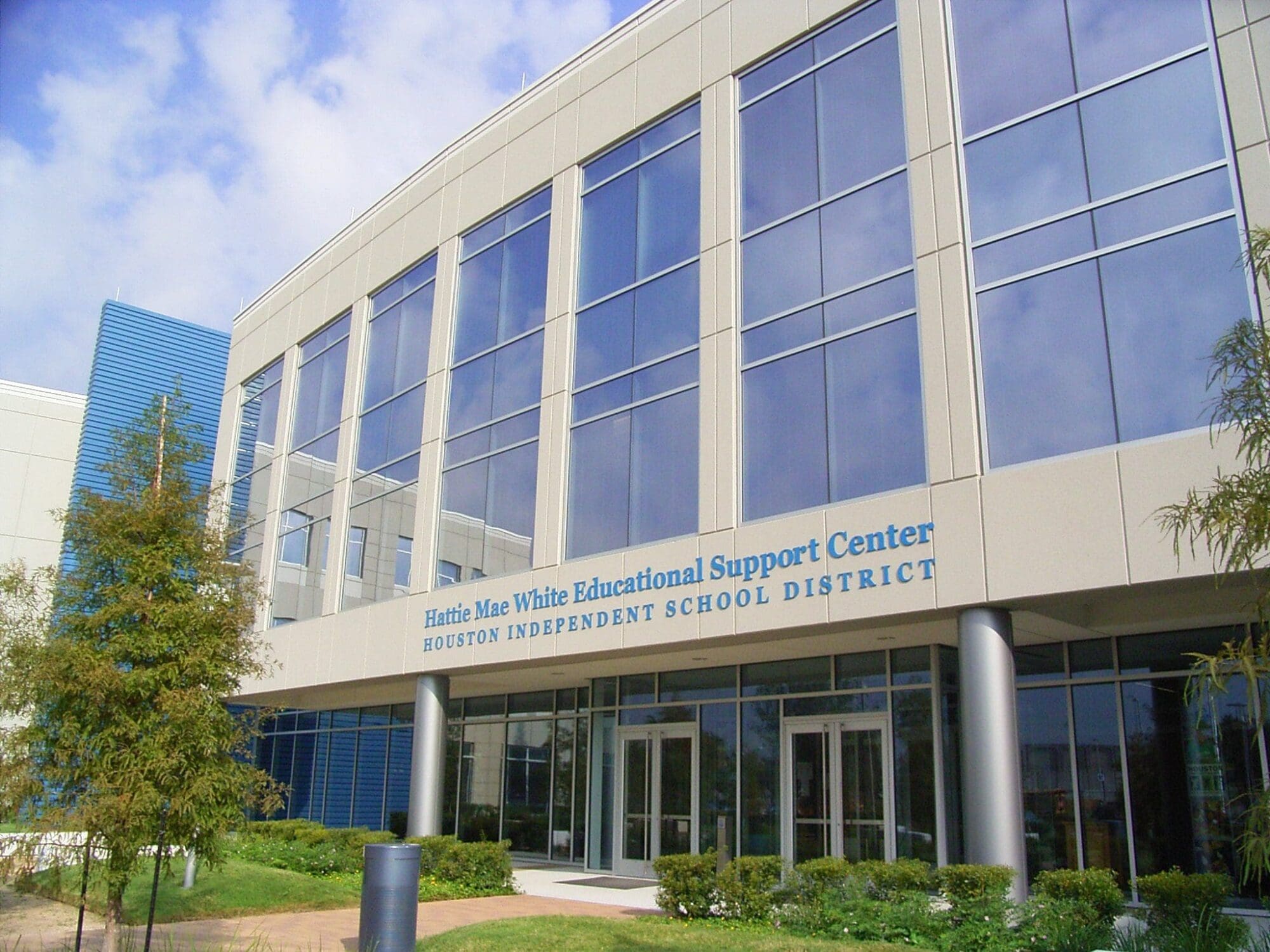Today the House will take up House Joint Resolution 2 and its enabling legislation, House Bill 16. These bills relate to the Governor’s call for the Legislature to identify funding sources for transportation infrastructure projects. This particular package of bills came as a surprise to some when it was passed out of the House Appropriations Committee last Thursday because it differed in significant ways from related legislation that narrowly failed to pass during the first called session.
During the first called session, a related bill, Senate Joint Resolution 2 passed the Senate and the House with wide Republican support before being killed by Senator Wendy Davis’s filibuster of pro-life legislation. (SJR 2 was behind the pro-life legislation on the Senate’s agenda when time expired.) The constitutional amendment would have diverted half of future revenues to the Economic Stabilization Fund to the State Highway Fund.
Cutting revenues off to the Economic Stabilization Fund raises concerns about the sustainability of that fund in the future, particularly in light of the raids that were made on the Economic Stabilization Fund this session. Fortunately, by the time SJR 2 had made its way through the legislative process, it had been amended to guarantee that this diversion of funding would only take place when the Economic Stabilization Fund contained at least one-third of its maximum statutory capacity. This feature was important to gaining the support of conservative Republicans because it would help protect and incentivize a healthy balance in the ESF if legislators wanted to continue using oil and gas severance taxes as a source for transportation funding.
HJR 2, which will be before the House on Monday, does not contain these important protections for the Economic Stabilization Fund. In fact, it differs radically from the SJR 2 that was passed during the first called session.
Instead of diverting ESF revenue (which is drawn from oil and gas severance taxes) to the State Highway Fund, the joint resolution instead diverts these funds to the Available School Fund, which is used to fund public education. In turn, the nickel-per-gallon tax on motor fuels that currently goes to public education would instead go directly to the State Highway Fund, along with the other fifteen cents that currently funds highway construction.
To be sure, turning the state’s portion of the gas tax into a true user fee would be a great step in terms of increasing transparency in taxation. Taxpayers should be sure that taxes and fees on the services they use are returned to them in benefits that they also will enjoy.
But swapping one diversion for another is a hollow policy victory, especially if the future health of the ESF is put at risk.
It is clear is that this package of bills, in its current form, is a huge step backward because it doesn’t contain the common-sense protections for the Economic Stabilization Fund that were contained in SJR 2 just a couple of weeks ago. Those protections must be added back into the bill before conservative Republican legislators even consider supporting this legislation. Such protections are needed to ensure the state maintains its high credit rating while hedging against unforeseen revenue shortfalls (such as severe economic downturns or natural disasters).
Until these reforms are added back into the bills, we must urge legislators to vote “No.”




